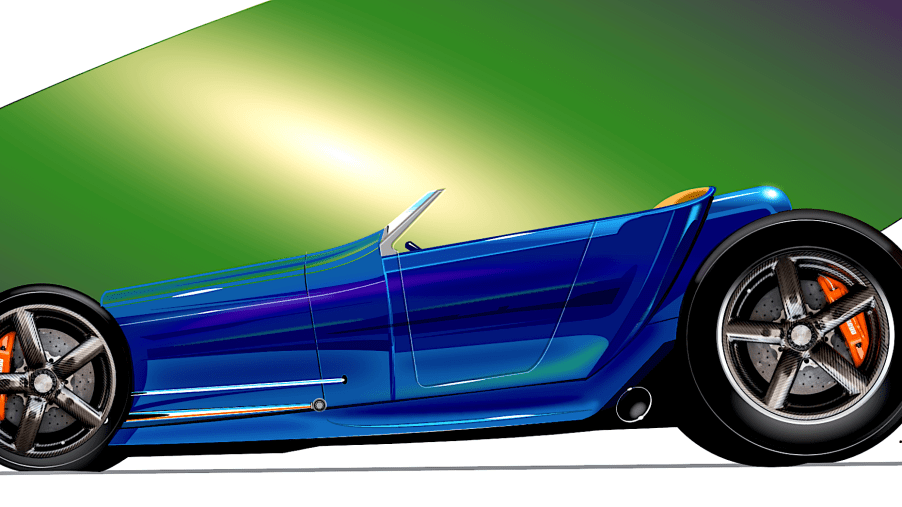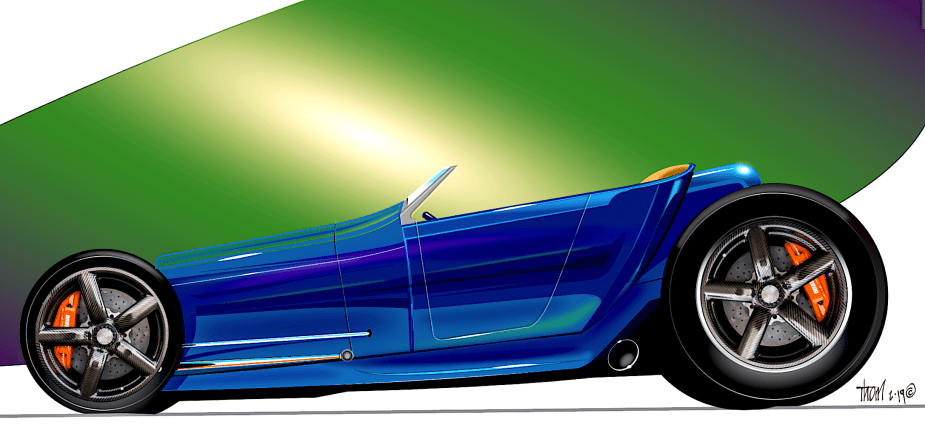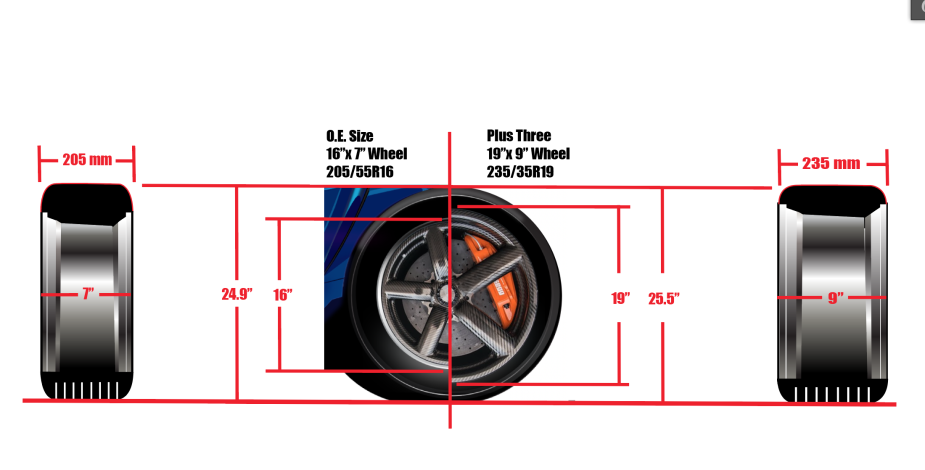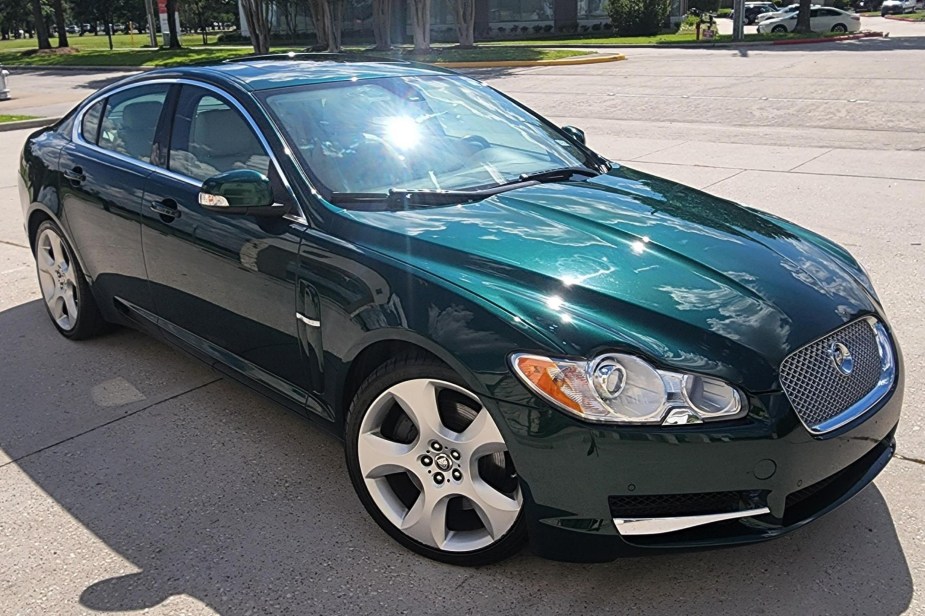
Tire and Wheel Guide: Sizes, Fitments, Offsets, More
Upgrading your car’s rolling stock is probably the single most custom improvement you can make. Many choose to “plus size” their wheel and tire choices. That means increasing wheel diameters. Besides giving an overall better, personalized presentation of your whip, lower profile tires give you a better grip for sportier handling. By plus-sizing, you improve both the handling and looks. And what would you rather be looking at, tire sidewall rubber, or alloy or carbon fiber wheels?
What is “plus-size”?

Plus size means you increase the wheel diameter within the window of the O.E. tire/wheel dimensions. So you’re maintaining overall diameter and width. And you’re also staying as close as possible to the stock offsets as well. The wheel offset is the measurement on either side of the wheel mounting pad at the hub, to the outside edges of the rim. Too far in, and you can interfere with the brakes or steering. And too far out, and you run into tire rubbing on the wheel openings.
Those O.E. dimensions can increase slightly, but that’s the general approach. That means space in the wheelhouse, ground clearance, rear-end gear ratios, and speedometer information stays within factory specs. Your anti-lock brake system, traction control, and vehicle stability control also function as intended. The goal is to maintain as close as possible, the factory specifications and settings because they have been tested and tweaked to provide the optimum range of reliability, ride quality, handling, and overall performance.
Can plus-size tires and wheels cause problems?

But there can be downsides to plus sizing. There is a give and take when replacing O.E. components with aftermarket parts. You know the advantages, but there are some disadvantages that come with them as well.
Potholes can be a big problem. With less sidewall, a pothole impact can bend and/or crack alloy or carbon fiber wheels. Alloy wheels can be repaired or replaced. That won’t break the bank, either way. But carbon fiber wheels are usually toast from damage. With the cheapest ones costing around $2,000 each, with some in the five-digit range, that’s a huge price to pay.
Another problem is wider tires have a tendency to float over loose substrate or wet surfaces. Hydroplaning can be a consideration with wider tires. These plus-size tire/wheel combos also tend to weigh more than factory combos, so there is more unsprung weight. This can have an effect on braking and the ride with more weight at the outermost corners of your car or truck.
Why are there smaller tires on EVs?

A shorter sidewall means a stiffer sidewall, so the harshness of the ride quality increases. And rolling resistance increases with wider tires, which means slightly decreased fuel economy. That’s why you are seeing smaller tires on EVs.
The general rule, according to Tire Rack, is that when increasing tire width by 10 millimeters, the tire sidewall height is decreased by five to 10 percent for every one-inch increase in the diameter of the wheel. In another post, we’ll get into more specifics on tire sizes, compounds, and more.



